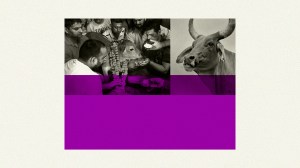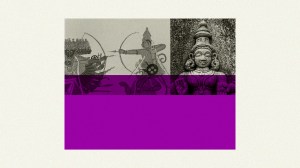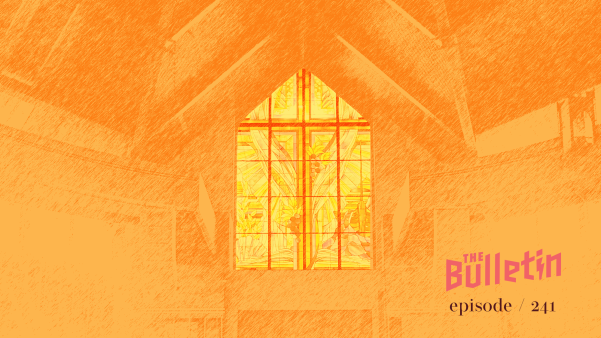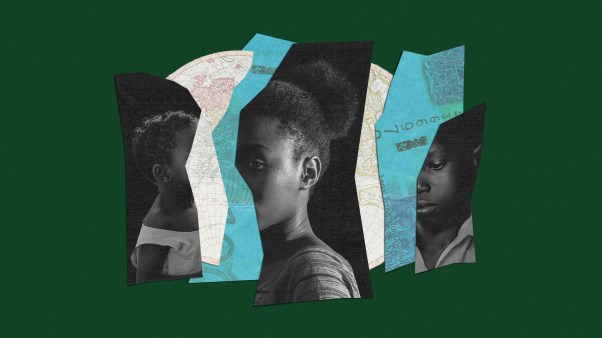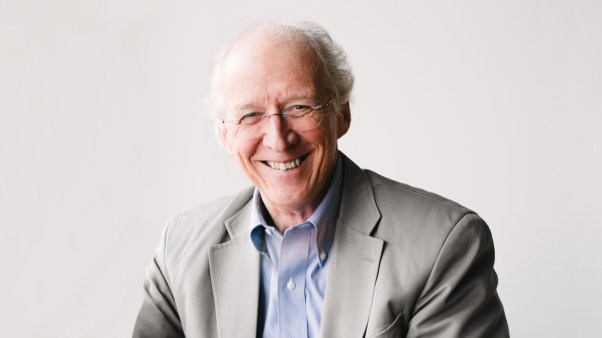In this series
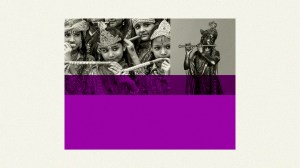
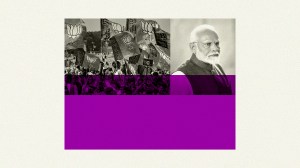
(This is the last of a series. Earlier episodes are here, here, and here.)
Increasingly in Indian Hinduism, as in American evangelicalism, a religious path has merged with a political path. This year is the 100th anniversary of two events: the July 1925 publication in Germany of Hitler’s Mein Kampf and the August formation in India of Rashtriya Swayamsevak Sangh (RSS, the National Volunteer Society), which became the largest Hindu nationalist movement.
Pairing the two may be unfair, even though the RSS bible, Vinayak Damodar Savarkar’s Hindutva: Who Is a Hindu?, came out in the 1920s with a swastika on the cover. Unfair, perhaps, because the Sanskrit word svastika means “good fortune,” and Hitler stole the symbol from ancient India. But Jason Stanley, author of How Fascism Works: The Politics of Us and Them, shows how “RSS was explicitly influenced by European fascist movements” and “its leading politicians regularly praised Hitler and Mussolini in the late 1930s and 1940s.”
That was then, and the Bharatiya Janata Party (BJP), the ideological child of RSS born in 1980, is now. But Hindutva, the RSS belief that divides all people into Hindus and non-Hindus—“us” and “them,” with “us” superior—has only grown in potency decade by decade. Indian prime minister Narendra Modi is a BJP and RSS member.
Christianity, Islam, and Buddhism all oppose doctrines of racial supremacy. Judaism is the religion of a “chosen people,” yet the Old Testament makes clear the Jews weren’t chosen for merit. But as historian and political scientist Anthony Parel writes, the Hindutva idea is that a racially superior people, the Aryans, created Hinduism: “All Hindus claim to have in their veins the blood of the mighty race incorporated with and descended from the Vedic fathers. … India is to them both a fatherland and a holy land.”
Mixed up in the religious and the political is the sociological, with its most-remarked-upon facet: caste. The caste concept is as complicated as Hinduism itself. Originating in ancient India, the combination of religion, politics, and economics melded throughout the centuries, supplying a certain security but also limited mobility. Brahmins were priests, Kshatriyas warriors and rulers, Vaishyas merchants and farmers, and Shudras laborers.
Those at the bottom were sometimes called untouchables because their “betters” historically had no contact with them—but did allow them to touch dead bodies and remove human or animal waste. In the 1950s some among the low began calling themselves Dalits—“the oppressed.” Overall, caste discrimination has weakened under some political assault yet is still strong, especially in rural areas.
India also has about 25,000 subcastes roughly conforming to different occupational groups, as children followed in their parents’ footsteps. In farm communities, upper and lower castes have almost always lived in distinct neighborhoods, used separate wells, and could only marry within castes.
Village life simplified what could be maddening religious complexity: Each village and sometimes each house had its own idols, and Hindus could merely do what their castes or subcastes mandated. But with urbanization comes some choice: With many deities (or aspects of deity) to propitiate, what if a person chooses poorly? As in other cultures, astute politicians can play on anxiety. Those in power can use concerns about identity to protect their own positions.
Economist Jean Drèze, a Belgian who became an Indian citizen and a close student of India’s interplay of religion and politics, calls the Hindutva ideology “a lifeboat for the upper castes, in so far as it stands for the restoration of the Brahminical social order.” Dalit theorists and activists like Kancha Ilaiah warn about the danger of “Brahminical fascism disguised as Hindutva” and say those in power are stirring up fear.
Modi’s government is trying to establish Hindutva supremacy in two ways. One is by force, exemplified by building a massive Rama temple over the ruins of a very old mosque, which Hindu extremists destroyed violently in 1992. The other is by making Hindutva fashionable—and some coverage of India in the US contributes to that. Bloomberg Businessweek typified bubbly coverage of religion in India with its “Faith Becomes Fashionable: Sacred sites are increasingly popular as the government promotes pilgrimages and Instagram influencers help make religion cool.”
The news of “combining adventure tourism with religiosity” through a “$60 Billion Spiritual Travel Boom” was cute and colorful:“Priests in saffron-colored robes stand on the famous riverside steps … ringing hand bells, lighting incense and waving oil lamps in the 45-minute ceremony of lights.” The Modi government has pumped money into the Indian city of Varanasi, sacred because some Hindus think dying there is a shortcut to salvation. It now has a cricket stadium with floodlights shaped like tridents, Shiva’s favorite weapon.
In Varanasi, the Kashi Vishwanath Temple streams Shiva-centered rituals on YouTube and has new halls for hosting birthday parties; a two-mile overhead cable car; and an artificial intelligence chatbot, Nandi, named after Shiva’s sacred bull. A Starbucks is close to a spot where hundreds of bodies are cremated daily, with ashes scattered into the Ganges to aid the souls’ journey onward. Sunset tours in wooden boats cost only $2 per person, but some prefer travel by jet skis.
The selling of Hindutva has some carnival aspects, but the oppression of some Hindus and many Christians is serious. As P. I. Jose, author of Hindutva Palm-Branches and the Christian Resolve, told Christianity Today last year, “India has become infamous for lynching incidents and for the demolition of churches and other minority religious symbols. Fellow citizens and law enforcement personnel have attacked pastors, disrupted worship services, and engaged in rampant hate speech against religious minorities.”
The melding of political power and Hindutva, perhaps the most autocratic of the multitude of Hinduisms, seems to be intensifying. Jose’s bottom line: “In 1998, the RSS and its affiliated groups attacked tribal Christians. … Four decades later, Hindu extremists are 40 times stronger and more entrenched in the government and society. The whole state machinery and power is under their control. Democracy is on a ventilator.”


